Article Topics
As the use of medical marijuana continues to gain acceptance, patients and health professionals are constantly exploring new ways to effectively utilize cannabis for various medical conditions.
United Patients Group is dedicated to providing the latest information and research surrounding medical marijuana, empowering readers to make informed decisions about their health journey.
Among the emerging trends in medicinal cannabis consumption is the practice of microdosing – a minimalistic approach that involves taking low doses of cannabis to achieve therapeutic benefits without experiencing overwhelming psychoactive effects that many patients prefer to avoid. This article aims to comprehensively discuss the concept of microdosing, highlighting the potential benefits, methods, and practical tips for successfully incorporating microdosing into your wellness routine.
Microdosing has its roots in the world of psychedelics, where users consume small amounts of substances such as LSD or psilocybin mushrooms to experience subtle mood improvements and enhanced creativity without undergoing intense hallucinations or “trips.” The idea behind microdosing cannabis follows a similar rationale: by ingesting only minimal quantities of THC (tetrahydrocannabinol), the primary psychoactive component in marijuana plants, patients can reap its therapeutic benefits without experiencing the undesired “high” often associated with cannabis use. This unique approach to cannabis consumption has the potential to cater to individuals who may require the medical benefits of marijuana but are wary of its intoxicating effects.
In the sections that follow, we will delve deeper into the principles of microdosing medical marijuana. Topics to be covered include the potential benefits of microdosing for various conditions, methods of administering low doses of cannabis, and tips on determining an optimal microdosing plan. We will also briefly discuss the role of CBD (cannabidiol) and its implications within the context of microdosing.
Potential Benefits of Microdosing Medical Marijuana
Microdosing medical marijuana offers patients a more controlled and tailored approach to cannabis consumption, opening new possibilities in the management of a wide range of conditions. Some potential benefits of microdosing include:
1. Pain Management: Cannabis is known for its analgesic properties, and microdosing may provide patients with chronic pain relief while minimizing the risk of developing a tolerance or experiencing significant side effects.
2. Stress and Anxiety Relief: Low doses of THC have been reported to produce anxiolytic effects, which can help alleviate stress and anxiety in patients. Microdosing may offer a gentler approach for those seeking to balance their moods without strong psychoactive effects.
3. Enhanced Focus and Creativity: Some users have noted that microdosing can lead to improved focus, creativity, and productivity. This subtle stimulation could benefit patients who struggle with motivation, attention, or cognitive function.
4. Sleep Aid: Cannabis is known to help improve sleep quality for those struggling with insomnia and other sleep disorders. Microdosing may offer support for better rest without causing next-day grogginess.
Methods of Administering Microdoses
There are several ways to consume medical marijuana in microdoses, with each method offering unique advantages and appropriate scenarios for use. Some popular methods include:
1. Vaporizing: Vaporizing, or “vaping,” involves using a device to heat cannabis until the active compounds vaporize, which are then inhaled. This method allows for precise control over dosage and provides instant relief, making it suitable for patients experiencing acute symptoms.
2. Tinctures: Tinctures are liquid concentrations of cannabis that can be applied directly under the tongue or mixed into a beverage. Tinctures offer an accurate dosing method with rapid absorption, allowing patients to easily adjust their dosage as needed.
3. Edibles: Edible cannabis products, such as gummies, chocolates, and capsules, provide a discreet and convenient method for consuming microdoses of THC. However, the onset time is slower, and the effects can last longer compared to other methods, so patients should exercise caution and always start with a low dose.
4. Topicals: For localized benefits, cannabis-infused creams, balms, and salves can be applied directly to the skin to treat pain or inflammation. This method allows for targeted relief, although it may be less effective for systemic issues.
Determining an Optimal Microdosing Plan
Creating an effective microdosing plan involves a careful evaluation of individual needs, preferences, and tolerance levels. To develop a personalized approach, consider the following guidelines:
1. Start Low: Begin with a low dose (1-2.5 mg of THC per dose) and slowly increase until you achieve the desired benefits without overwhelming side effects.
2. Pay Attention to the CBD-to-THC Ratio: The ideal ratio will depend on the specific condition being treated and individual patient preferences. Some may prefer a 1:1 ratio, while others may want to opt for a higher CBD-to-THC ratio for a less psychoactive experience.
3. Be Patient: Give each dose adjustment at least two to three days to gauge the effects before further adjustments, as it may take time to understand how your body responds to microdosing.
4. Record Progress: Keep a journal to track your dosage, method of consumption, and any changes in symptomatology or side effects, as this will help identify the optimal microdosing plan for your needs.
The Role of CBD in Microdosing
CBD, the non-psychoactive counterpart to THC, plays an essential role in microdosing medical marijuana because of its potential to enhance the therapeutic effects of THC while reducing unwanted side effects. Microdosing a balanced CBD-to-THC ratio may offer calming and relaxing effects without causing drowsiness or impairing cognitive function. Some studies suggest that CBD has the potential to counteract THC-induced anxiety and other adverse side effects, making it an integral part of any microdosing regimen.
The Future of Microdosing Medical Marijuana
The practice of microdosing medical marijuana highlights the diverse potential of cannabis as a tool for improving overall health and well-being. Microdosing allows patients to take a more controlled, personalized approach to their cannabis consumption, opening new possibilities for harnessing medicinal benefits without overbearing psychoactivity. As the cannabis industry and scientific research continue to evolve, microdosing may prove to be a powerful and exciting way for patients to unlock the full potential of medical cannabis in their pursuit of wellness.
United Patients Group is dedicated to providing the latest information, research, and resources on medical cannabis, empowering patients with the knowledge and tools they need for a healthier future. With medical insights and recommendations from industry experts, as well as lab-tested product reviews, you can trust that the information you receive is accurate and trustworthy. Don’t wait any longer to make informed decisions about your health and treatment options. Check out our other resources today for more information, Book a consultation and take the first step towards a healthier, happier you.

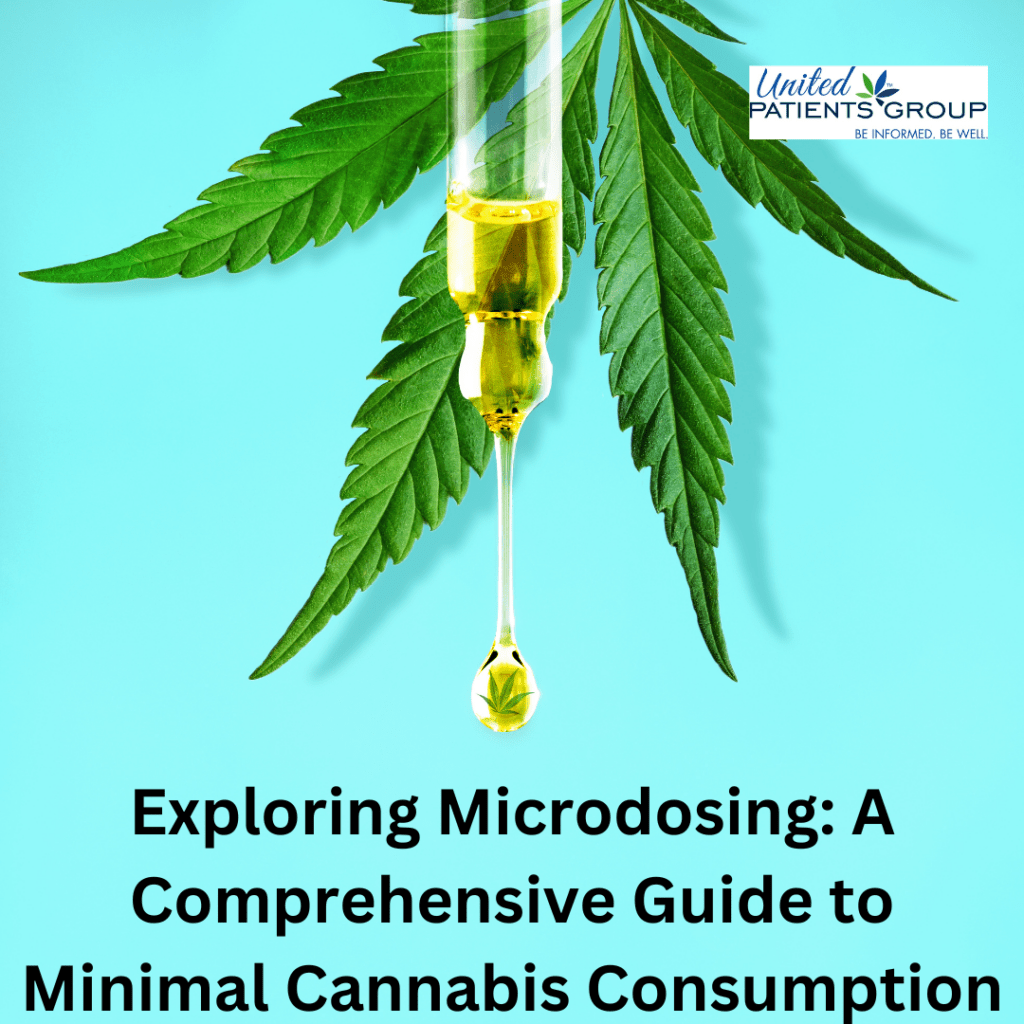
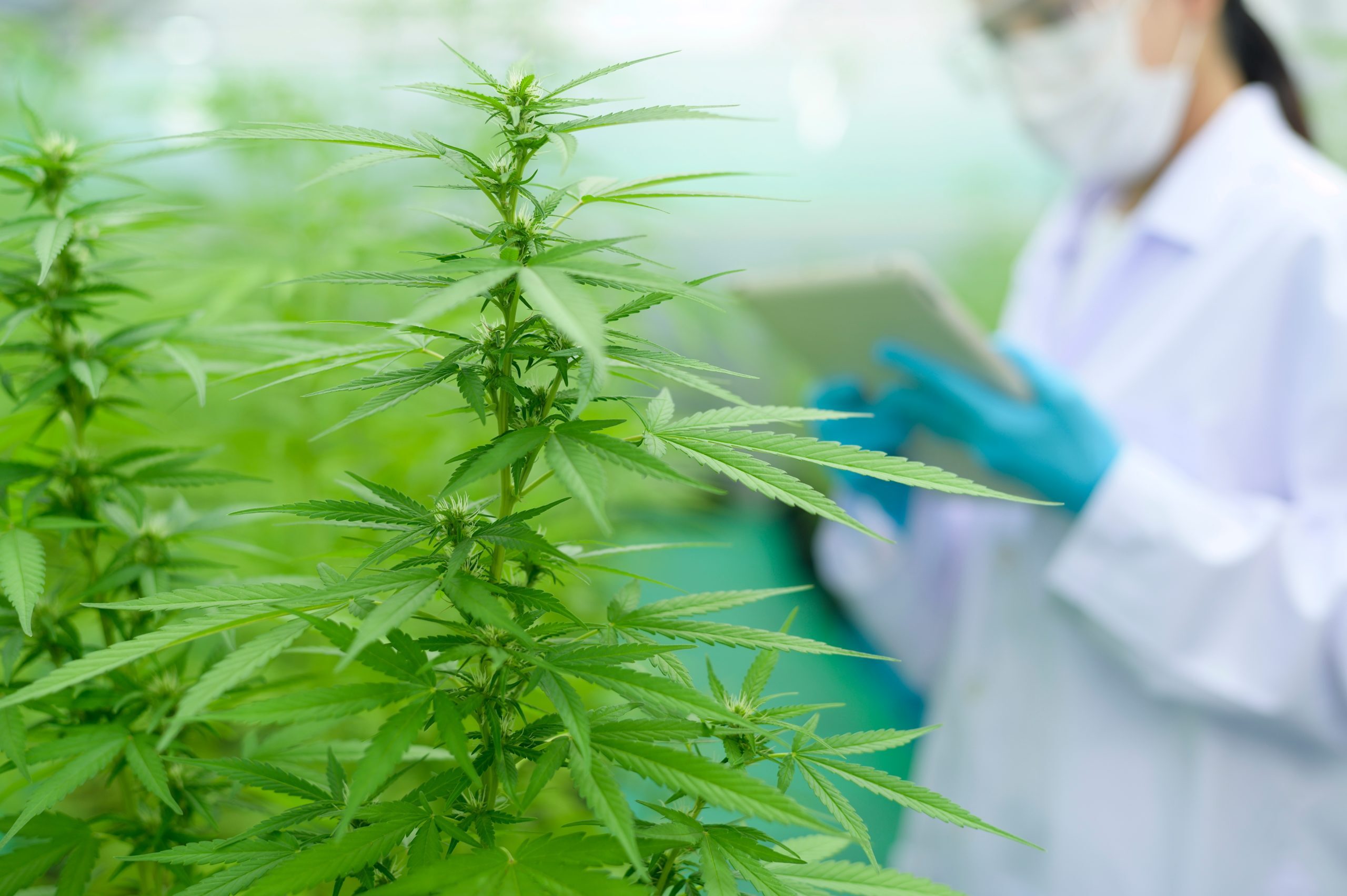

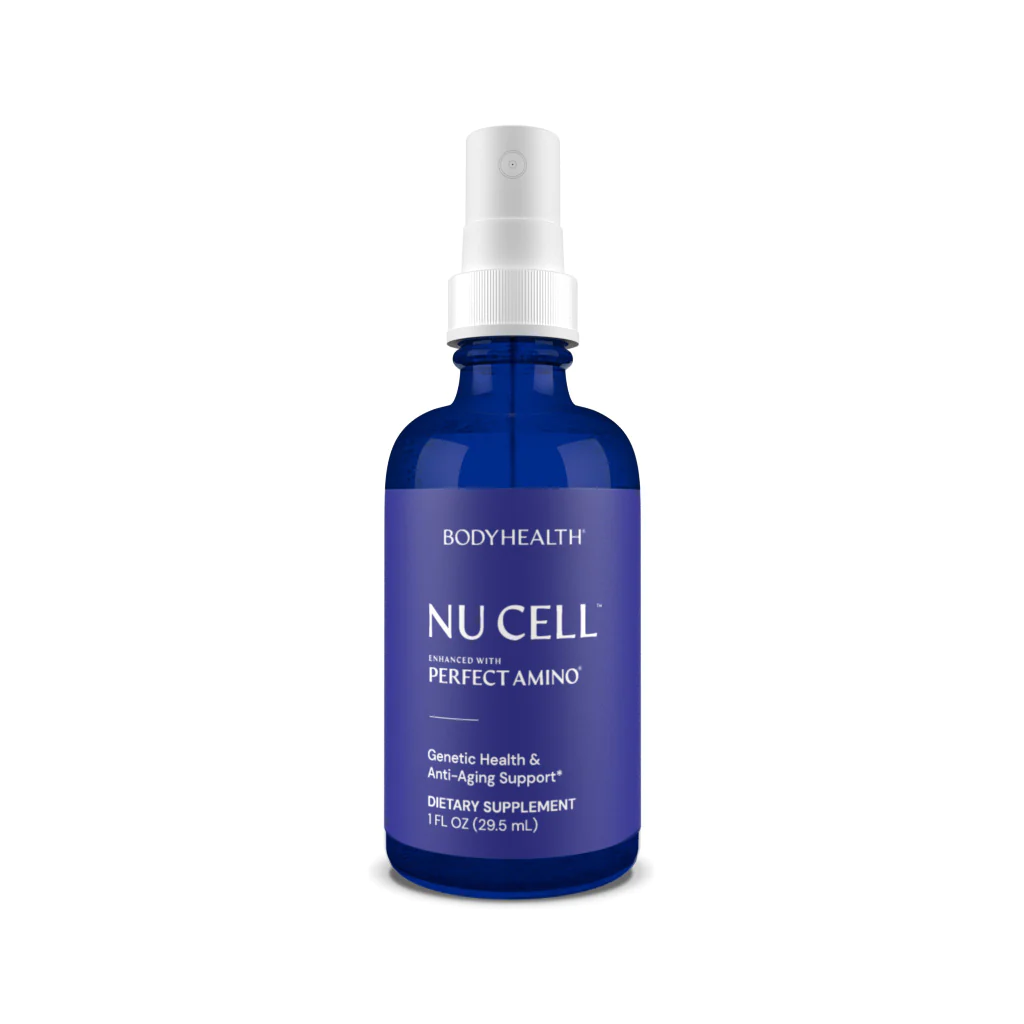
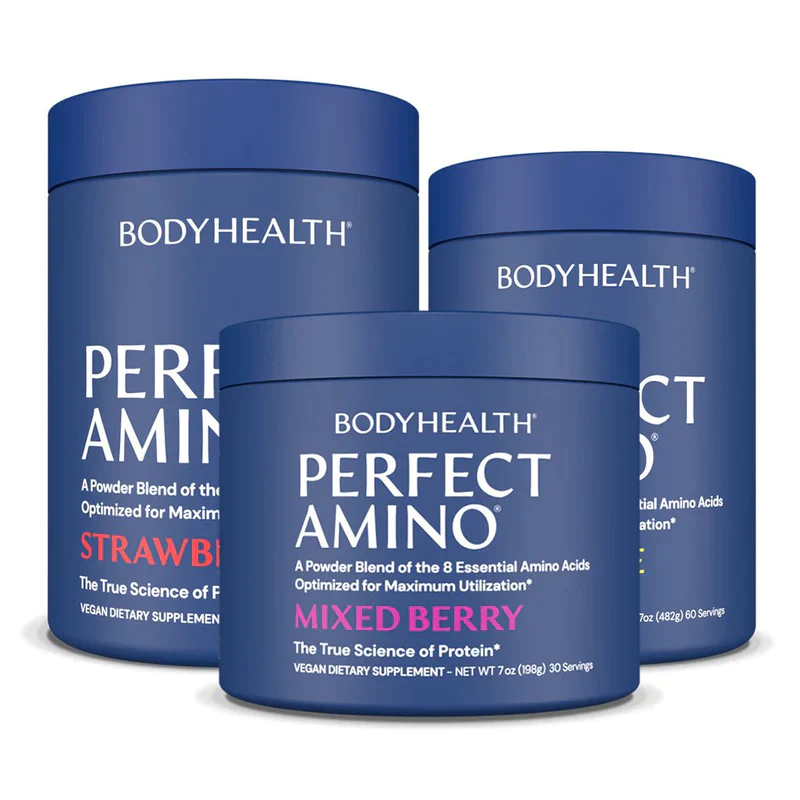
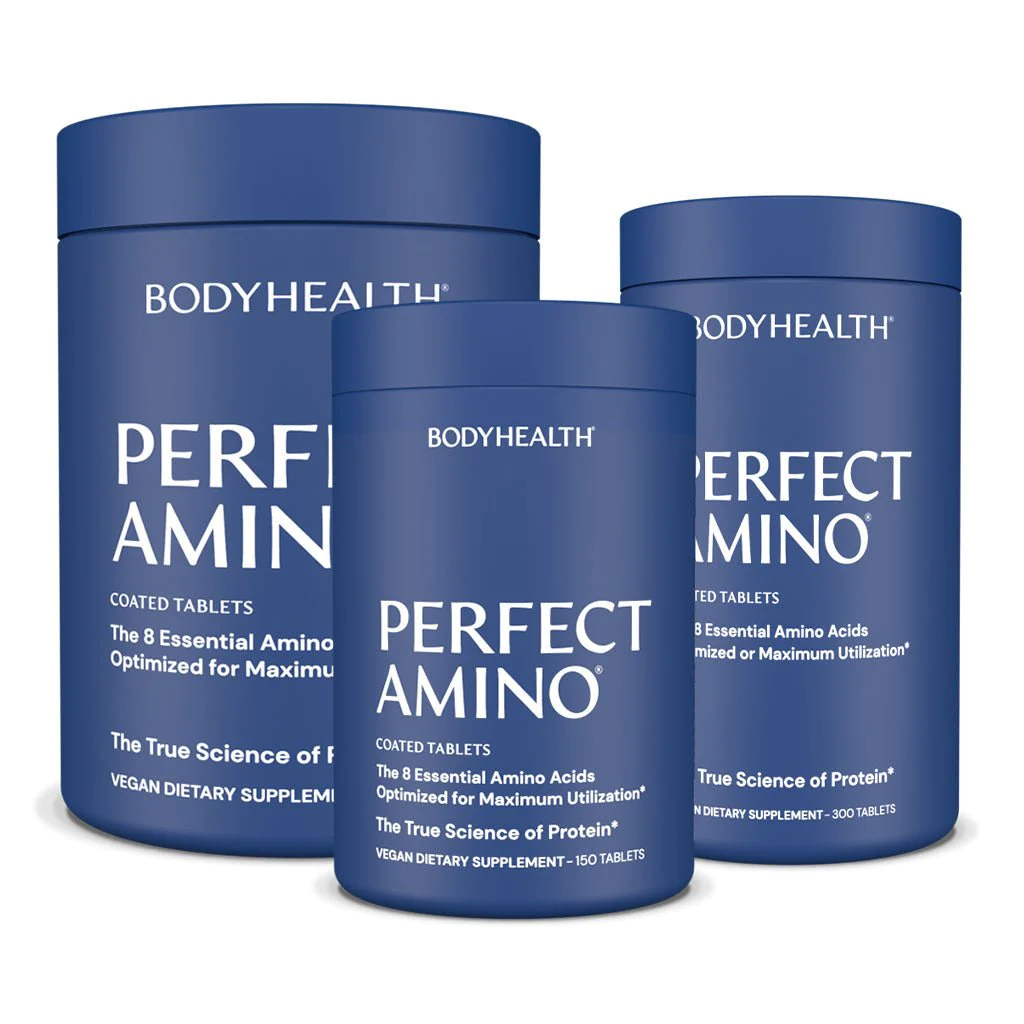
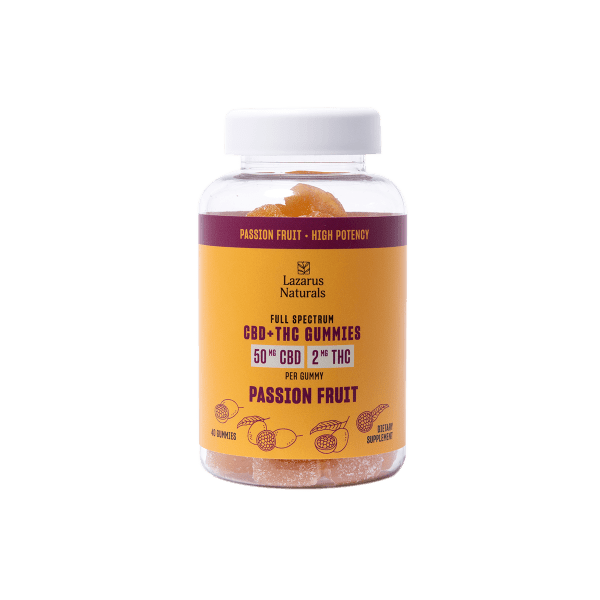
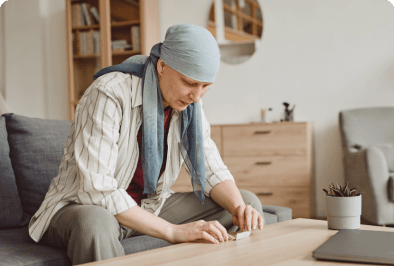
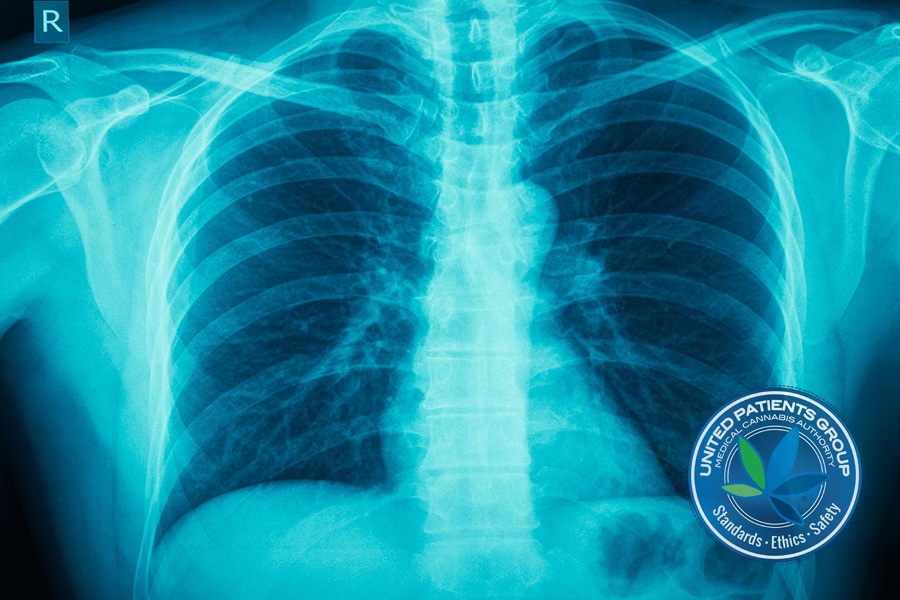
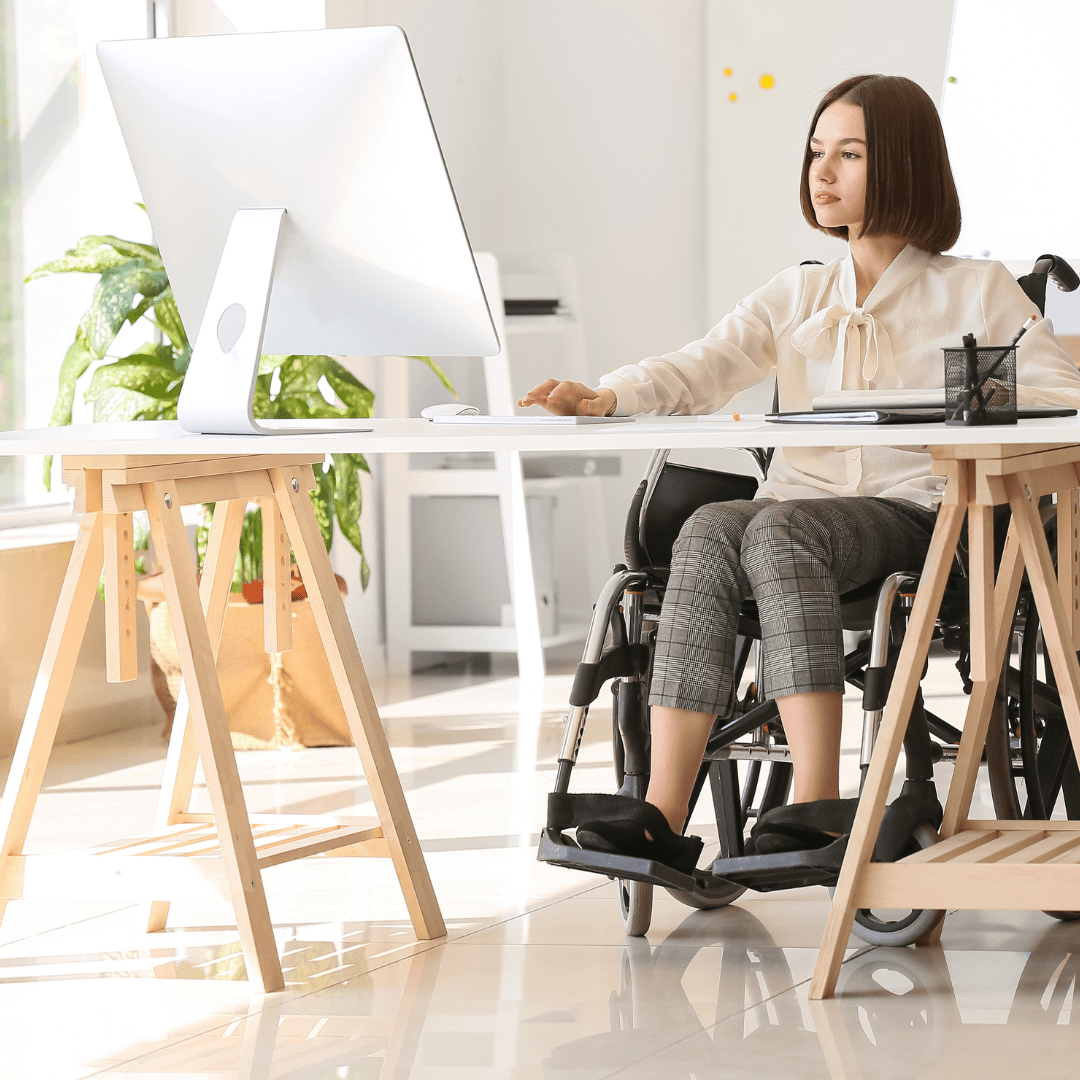
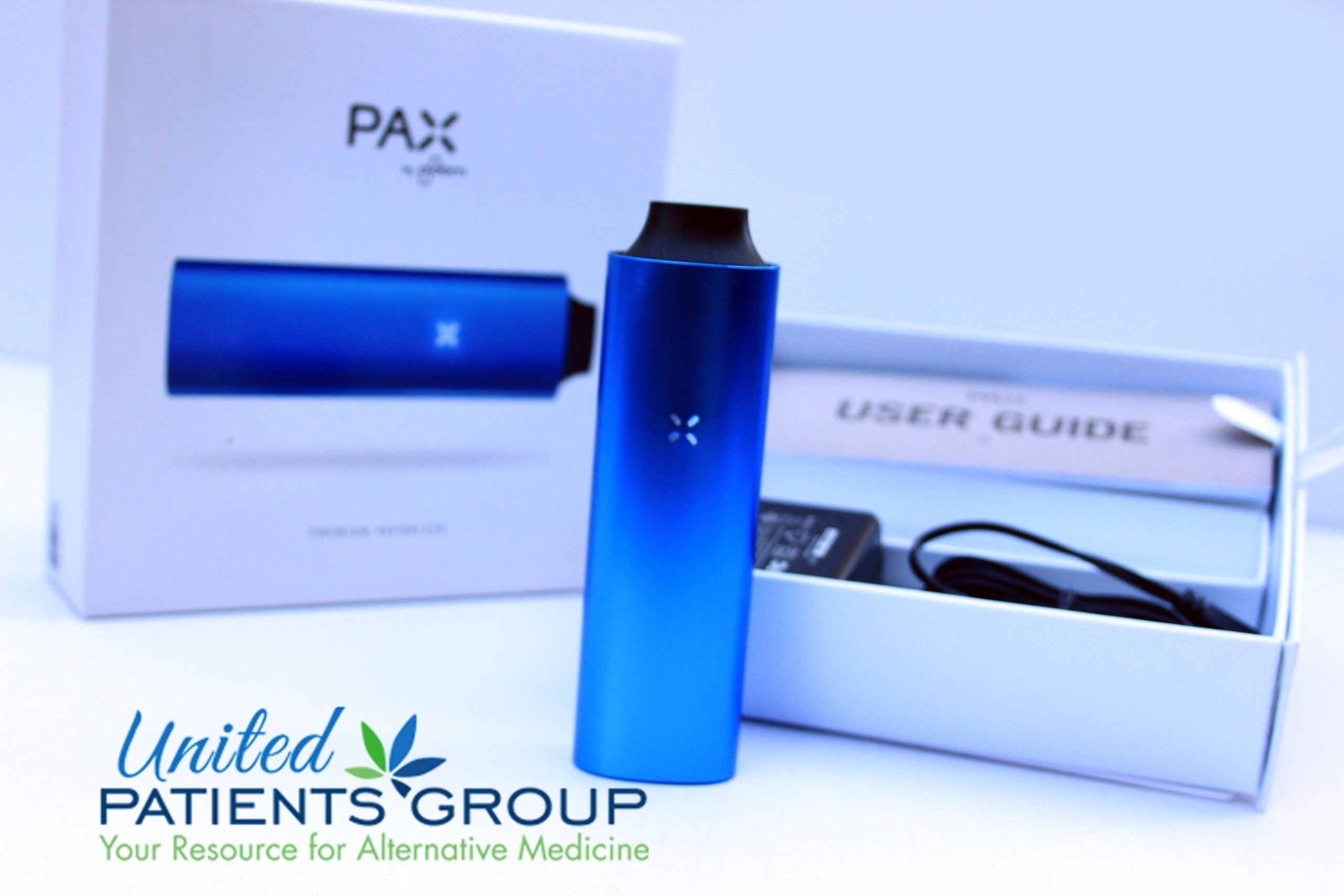




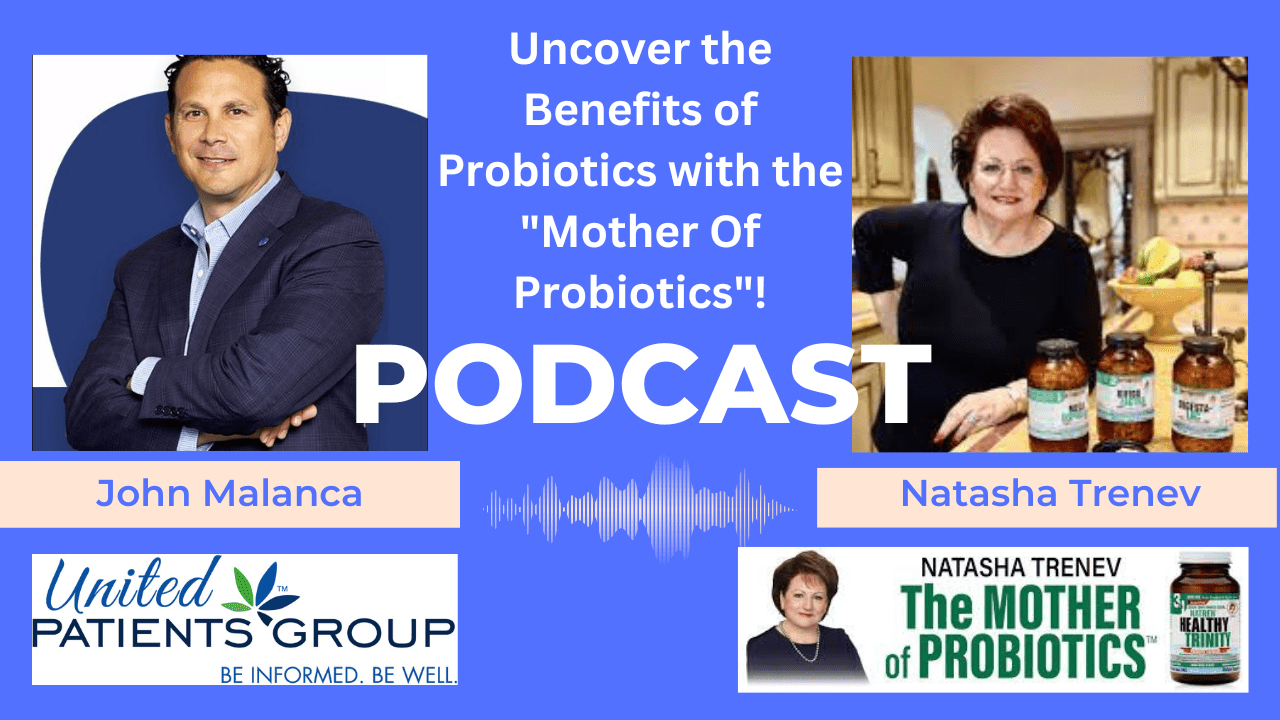
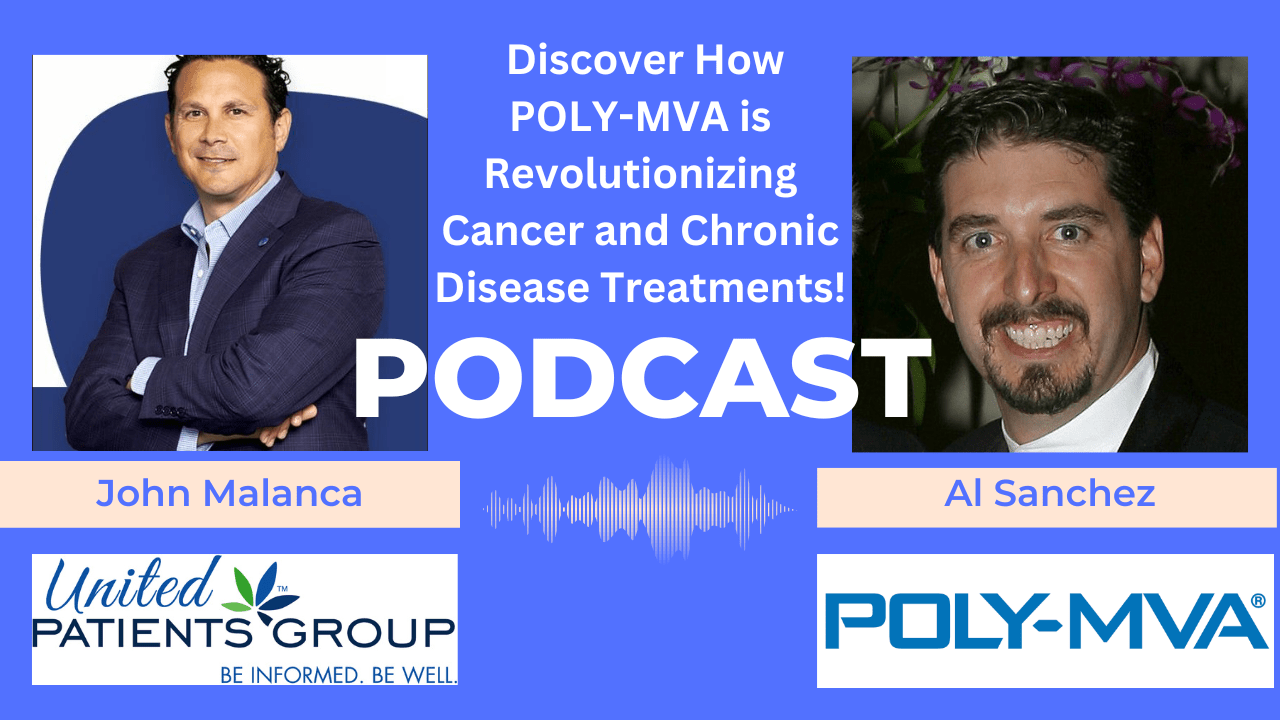
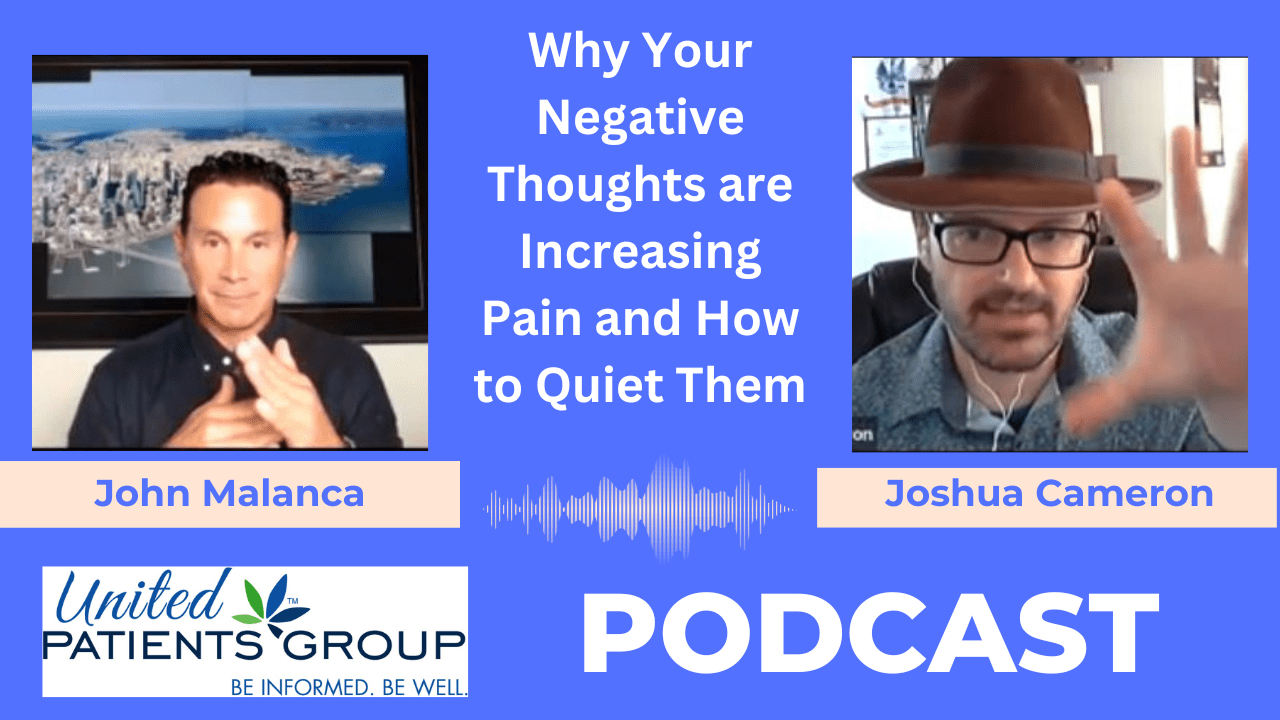
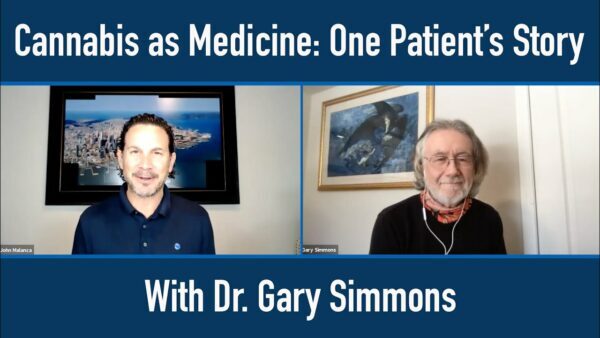



















Leave a Reply Cancel reply